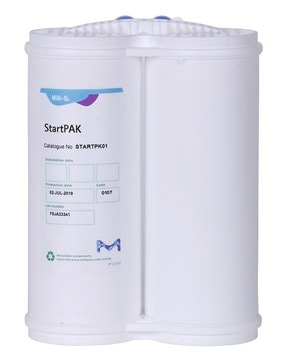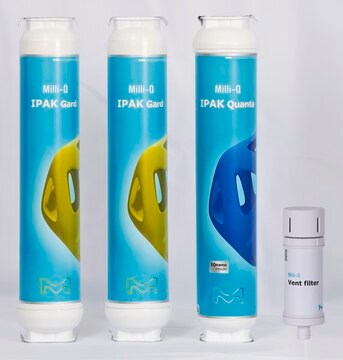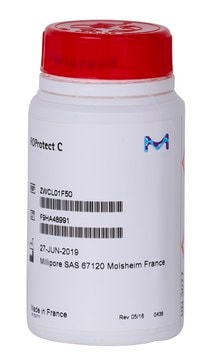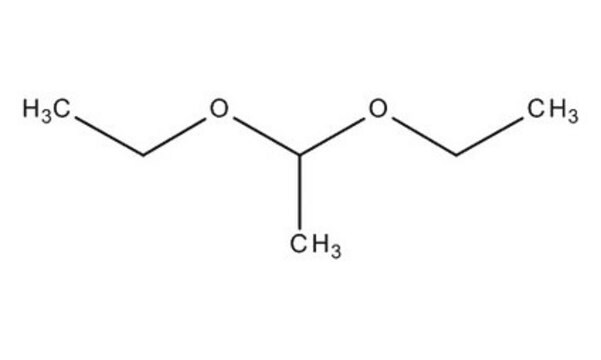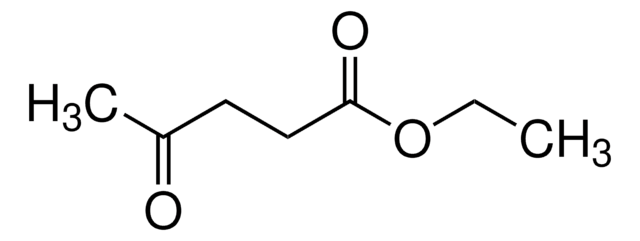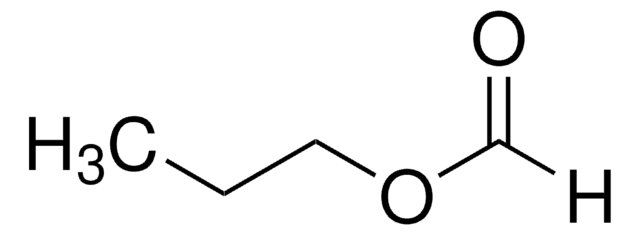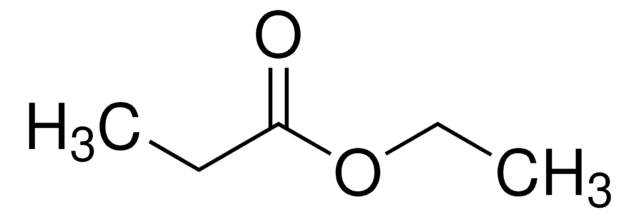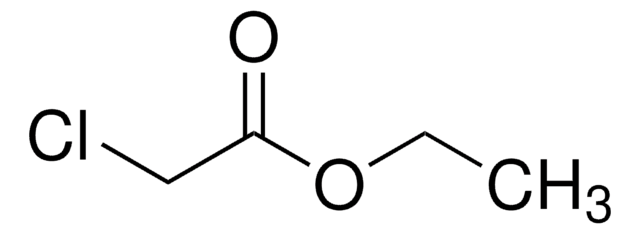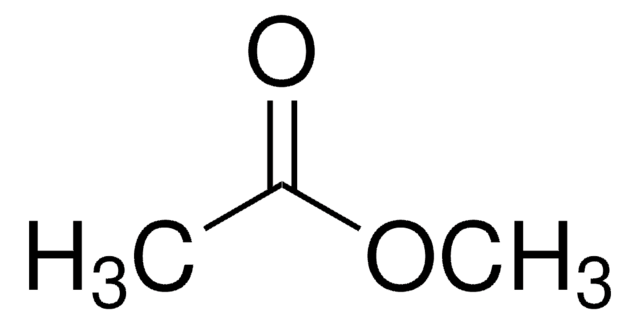W243418
Formiate d′éthyle
≥97%, FCC, FG
Synonyme(s) :
Méthanoate d'éthyle, Ester éthylique de l’acide formique
About This Item
Produits recommandés
Source biologique
synthetic
Niveau de qualité
Qualité
FG
Fragrance grade
Halal
Kosher
Agence
follows IFRA guidelines
meets purity specifications of JECFA
Conformité réglementaire
EU Regulation 1223/2009
EU Regulation 1334/2008 & 178/2002
FCC
FDA 21 CFR 117
FDA 21 CFR 184.1295
Densité de vapeur
2.5 (vs air)
Pression de vapeur
15.16 psi ( 55 °C)
3.79 psi ( 20 °C)
Pureté
≥97%
Température d'inflammation spontanée
851 °F
Limite d'explosivité
16 %
Indice de réfraction
n20/D 1.359 (lit.)
Point d'ébullition
52-54 °C (lit.)
Pf
−80 °C (lit.)
Densité
0.921 g/mL at 20 °C (lit.)
Application(s)
flavors and fragrances
Documentation
see Safety & Documentation for available documents
Allergène alimentaire
no known allergens
Allergène de parfum
no known allergens
Propriétés organoleptiques
ethereal; rum; wine-like
Chaîne SMILES
CCOC=O
InChI
1S/C3H6O2/c1-2-5-3-4/h3H,2H2,1H3
Clé InChI
WBJINCZRORDGAQ-UHFFFAOYSA-N
Vous recherchez des produits similaires ? Visite Guide de comparaison des produits
Catégories apparentées
Description générale
Application
- Thermodynamic Analysis of Eplerenone in 13 Pure Solvents at Temperatures from 283.15 to 323.15 K.: This study focuses on the solubility of Eplerenone, using ethyl formate as one of the solvents, to understand the compound′s interactions and stability, contributing to pharmaceutical formulations and drug delivery systems (Liu et al., 2024).
- Ethyl Formate Fumigation against Pineapple Mealybug, Dysmicoccus brevipes, a Quarantine Insect Pest of Pineapples.: This research evaluates ethyl formate as a potential fumigant for controlling pineapple mealybugs, offering an alternative to traditional pesticides with potential applications in sustainable agricultural practices (Kwon et al., 2024).
- Development of a Concurrent Treatment Technique of Ethyl Formate and Mixtures (Nitrogen, Phosphine) to Control Citrus Mealybug (Planococcus citri).: This research explores a novel pest control strategy using ethyl formate combined with other gases, aiming to improve efficacy and reduce environmental impact in managing citrus mealybug infestations (Kim et al., 2023).
Mention d'avertissement
Danger
Mentions de danger
Conseils de prudence
Classification des risques
Acute Tox. 4 Inhalation - Acute Tox. 4 Oral - Eye Irrit. 2 - Flam. Liq. 2 - STOT SE 3
Organes cibles
Respiratory system
Code de la classe de stockage
3 - Flammable liquids
Classe de danger pour l'eau (WGK)
WGK 1
Point d'éclair (°F)
-4.0 °F - closed cup
Point d'éclair (°C)
-20 °C - closed cup
Équipement de protection individuelle
Eyeshields, Faceshields, Gloves
Faites votre choix parmi les versions les plus récentes :
Déjà en possession de ce produit ?
Retrouvez la documentation relative aux produits que vous avez récemment achetés dans la Bibliothèque de documents.
Les clients ont également consulté
Articles
It seems that more and more consumers are demanding fragrance-free products, be it for household cleaning or personal care. Some believe that in doing so, they are purchasing a more natural product.
Notre équipe de scientifiques dispose d'une expérience dans tous les secteurs de la recherche, notamment en sciences de la vie, science des matériaux, synthèse chimique, chromatographie, analyse et dans de nombreux autres domaines..
Contacter notre Service technique
